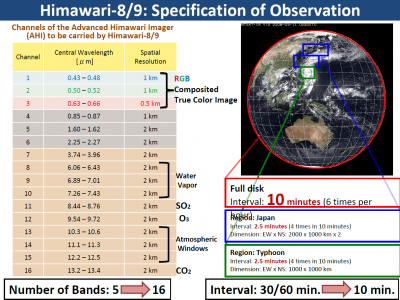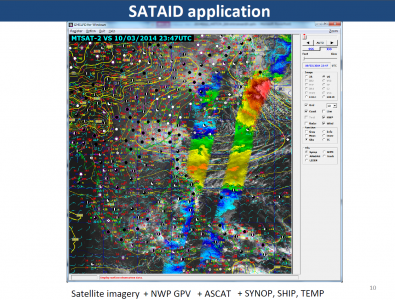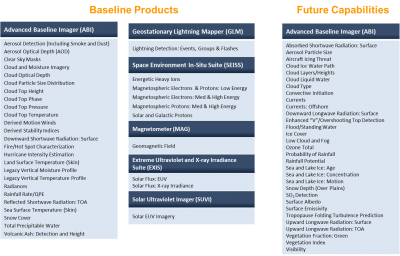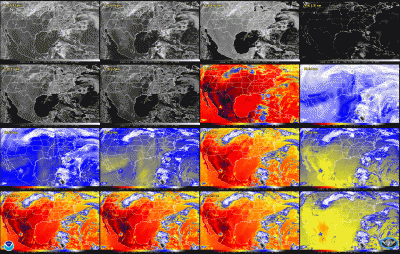- Latest Himawari-8 operational schedule is here.
- Information of current location of “Target area” can be seen here.
- More information is provided under http://www.data.jma.go.jp/mscweb/en/himawari89/space_segment/spsg_ahi.html#obs.

This figure has been provided since 3 September 2014 as “Japan area”. Final information for scanning area will come from the result of In-Orbit-Testing.







To leave a comment, please go to the posting details.